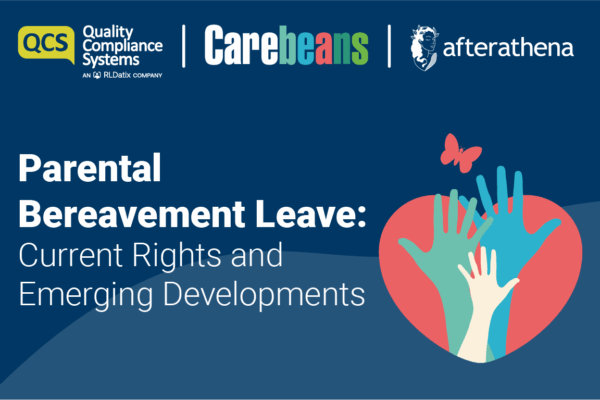 Communication with people with profound learning disabilities is always fraught with challenges, as often they are unable to express their more complex emotions in ways that are easy to understand. Often, they are experiencing feelings that are difficult to deal with or explain. Inevitably, our struggle to understand can escalate into their extreme behaviour, as we battle to make sense of our respective points of view. When things get beyond words, actions can become the only option.
Communication with people with profound learning disabilities is always fraught with challenges, as often they are unable to express their more complex emotions in ways that are easy to understand. Often, they are experiencing feelings that are difficult to deal with or explain. Inevitably, our struggle to understand can escalate into their extreme behaviour, as we battle to make sense of our respective points of view. When things get beyond words, actions can become the only option.
Don’t wade in!
At times when a person’s behaviour is challenging us, putting them and others at risk, we need to act to limit harm and safeguard the individual. We might need to consider a physical intervention and this could involve others. Usually, we don’t have a lot of time to plan a measured response and have to act quickly.
If you consider the ‘fight or flight’ response we all experience when faced with a situation that raises our anxiety levels, our reaction might ordinarily be to avoid conflict and withdraw. But at work this is often not an option, as the person we are supporting is communicating to us a need for help. So we have to confront the behaviour at a time when our body is going into stress mode, effectively preparing for a fight. One response that might manifest itself is the need to raise our voice to be heard above whatever else is going on. In doing so, we may find ourselves regaling the person with a torrent of words.
Add to this the need to get assistance and you may find that there are now two or more people rallying to assist, each with their anxiety levels raised, each with something to say. When people are in crisis, they may begin to struggle with this level of sensory input. Even words used to help soothe and calm can be too much. Sensory overload adds to the already fragile state and the crisis deepens.
Be quiet, be direct
When faced with this situation, try to keep communication clear, short, simple and relevant:
- Lower the volume of your voice.
- Agree with colleagues which of you will be the one to speak and everyone else keep quiet.
- Avoid confrontation by moving hazards from the area rather than trying to move the person.
- Ask others to move away to keep them safe.
- Use single word communication if you can, to limit the auditory snowstorm that can be experienced by people in emotional crisis.
- Make sure your body language is open, non-threatening and relaxed.
- Avoid asking too much of the person with complex instructions or commands.
An outside observer may view this as cold, clinical and uncaring. A recent incident witnessed by a very new member of staff drew criticism of what he saw as our ‘callous approach’. But the approach was textbook and the behaviour plan, which had been agreed with the service user, their family, clinicians and regulators, was followed to the letter. Sometimes our instinctive behaviour is not the right approach when dealing with challenging incidents, so we need to work on techniques that support individuals, even though they may appear unorthodox to others.






